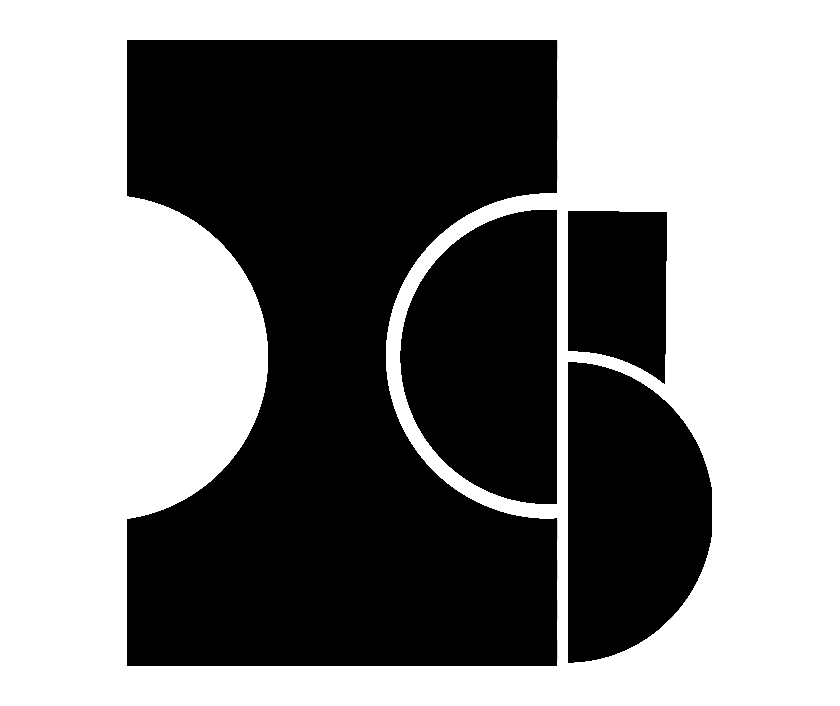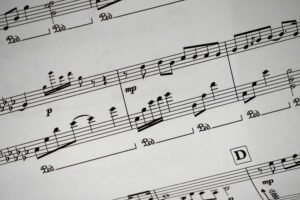The definition of beauty has always been a challenging question for both philosophers and artists, partly due to its subjectivity, especially with how quickly the human mind evolves.
When the European Art Market saw a need to distinguish “art” from other commodities in the seventeenth century concepts, such as “Masterpiece” and “Genius” arose and were used as essential mechanisms to justify a piece’s uniqueness, desirability and its inflated price tag. However, with the gradual shift from baroque art during the 17th century to conceptualism from the 1990s onwards, the definition of art has varied. Art movements such as baroque which focuses on divinity and grandeur are more aligned with the traditional definition of beauty (lines and colours mixing harmoniously) whereas conceptualism tended to be bewildering and questionable (to defend my case, I believe that if you compare the girl with a pearl earring with the Comedian, the aforementioned is more attuned with what most would regard as pretty) and often sought to challenge the boundaries in art while delivering a powerful message. Although the difference is quite stark, both art movements are considered beautiful in some way or another which leads us to our question – what makes art beautiful?
Given the ongoing debate surrounding these questions, and the synthetic nature of my inquiry, please take this argument with a grain of salt!
In the seventeenth century, baroque emerged as an artistic movement in Rome as a response to mannerism, a form of art that sought to exaggerate beauty in unnatural ways established in the late Renaissance period to combat the traditional notions of the Roman Catholic church. However, after the Peasant Reformation caused a split between Roman Catholicism and Protestantism, the Roman Catholics wanted a return to spirituality and tradition, and therefore encouraged artists to communicate the splendour of spirituality through their artwork. Baroque pieces often use light and shadows as well as exuberance and hyperbolic theatrics to illustrate the splendour of divinity and to simulate qualities of piety and devotion to God. However in protestant countries such as the Netherlands, baroque art typically used nature/naturalistic objects as their main subject rather than a religious deity or event. According to Hegel, beauty is defined by either its sensuous appearance or expression of the deepest absolute truth which in other words, unanimously realising what’s rational or conceptual which can more or less resonate with notable pieces in the Baroque period such as The Girl with the Pearl Earring by Vermeer which still has a pretty strong cultural presence, even 400 years after it was painted due to it’s enigmatic gaze. (Adajian, 2018)
If we look at the opposite end, The Comedian by Cattelan, otherwise more commonly known as the banana duct taped on the wall, doesn’t fit Hegal’s interpretation as it is neither alluring nor expresses a truth. However, the intention behind this eccentric idea was to question the monetary and cultural value we place on art which, in a sense, is as beautiful. Also getting the human race to collectively come together and discuss a singular banana duct taped on a barren, pale wall is beauty in its own right. Immanuel Kant’s definition of beauty describes it as “a kind of representation that is purposive in itself and, though without an end, nevertheless promotes the cultivation of the mental powers for sociable communication” which justifies the beauty behind The Comedian. (Adajian, 2018)
These arguments essentially boil down to whether art is beautiful because it has a sense of allure or it’s beautiful because it cultivates discussion and although having the ability to spark lively discussions is very spectacular, looking at something and having mini epiphanies afterward would have more of a genuine impact on people rather than discussions seeking to change people’s mind – therefore demonstrating that art is more beautiful because it has a sense of allure.








Be First to Comment